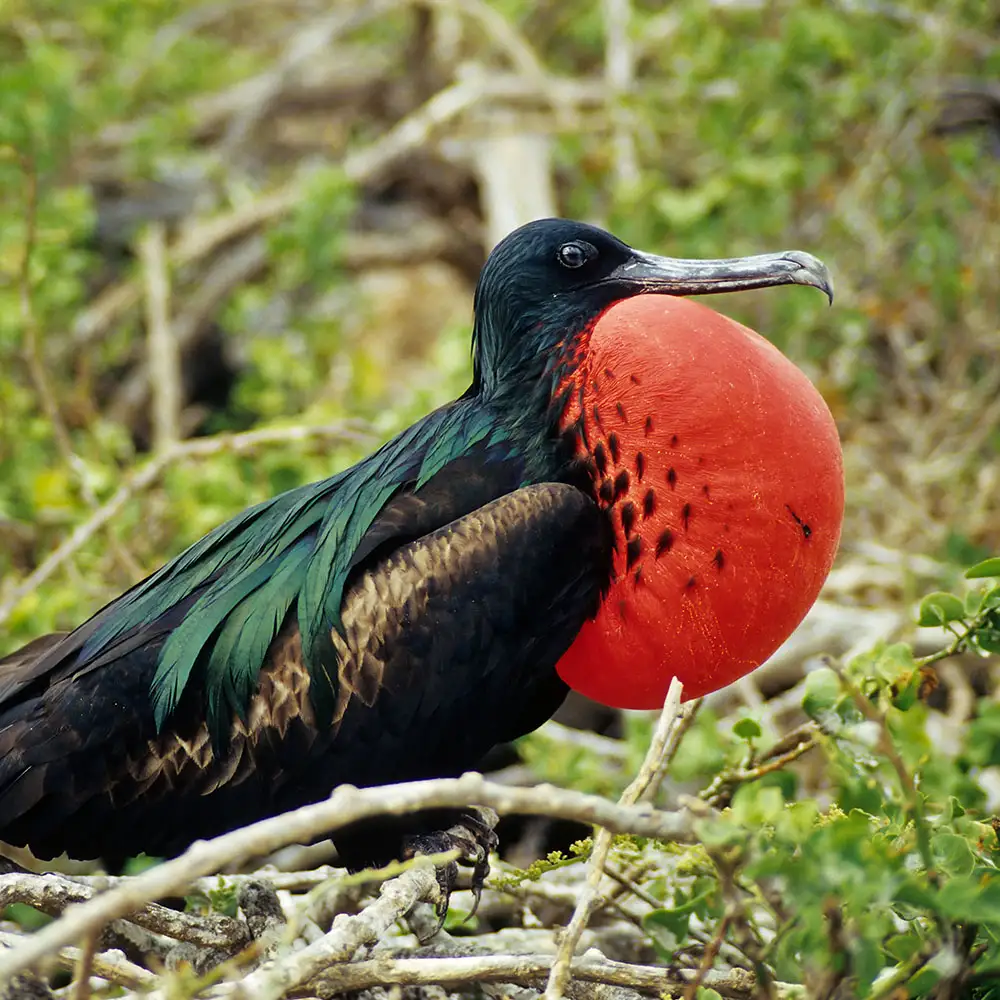Ready for a genuine sailing adventure? No Rubicon 3 route has a set itinerary and these islands in particular are less predictable and less developed. The skipper and mate will look at the wind and weather at the time and make a plan with you. You may discover a fantastic place and want to spend an extra few hours exploring, or the wind is from the wrong direction, so you sail somewhere off the initial plan. Making the adventure up as we go is all part of the magic of these trips. Below are some of the highlights of these lesser visited gems. The trip is perfect for beginners or more experienced sailors. It has sailing every day, time to explore ashore, lots of training, and short distances, so there is no need to rush anywhere.
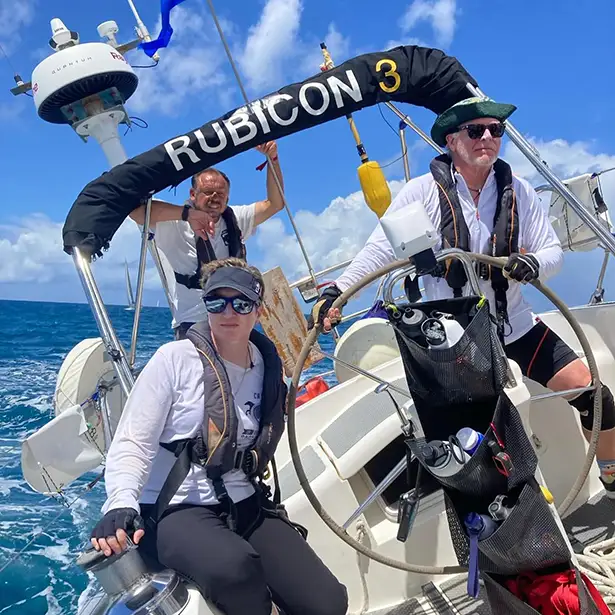
Antigua
Along Antigua’s southern coast is the bustling Jolly Harbour where this route starts and ends. As we navigate past Willoughby Bay and Falmouth Harbour, you’ll really appreciate the island’s mountainous landscape. On arrival, we can explore the town or relax on Jolly Beach. For those who wish to, you can often sign up to a scuba excursion to discover the rich underwater world around Jolly Harbour.
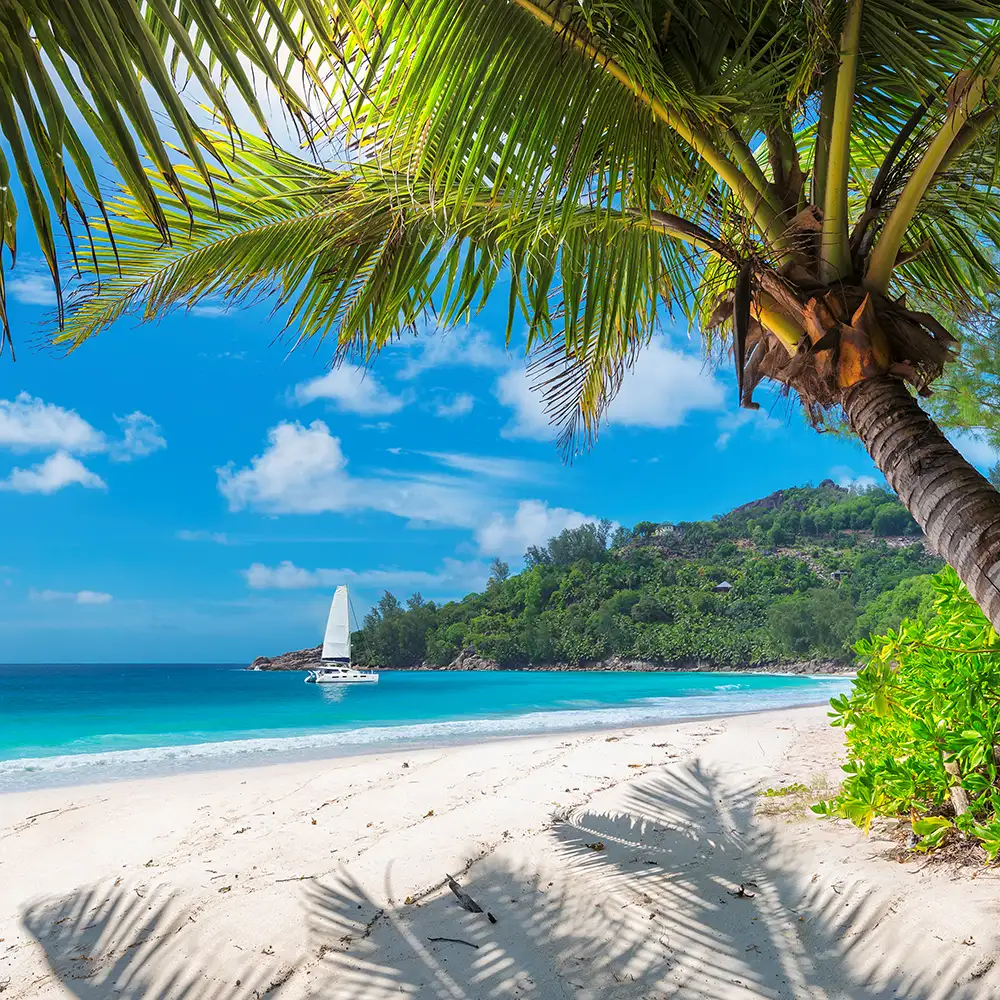
Montserrat
Montserrat, sometimes called the Pompeii of the Caribbean, is a captivating island shaped by its dramatic history and natural beauty. Once a thriving hub of Caribbean culture, Montserrat’s fate changed with the eruption of the Soufrière Hills Volcano in 1995, which buried the capital, Plymouth, under layers of ash. Despite this, the island has risen again, offering a unique blend of wild green landscapes, pristine beaches, and the haunting beauty of its volcanic legacy.
We likely anchor in Little Bay, Montserrat’s main harbour and have a rest under the stars. As the sun rises, we can head ashore to explore the island’s highlights. It’s fascinating to visit the Montserrat Volcano Observatory, where you’ll gain insight into the island’s geological history and the 1995 eruption. A guided tour of the Exclusion Zone is a rare chance to witness the buried remains of Plymouth, a modern-day Pompeii.
There’s also the chance of a hike to Rendezvous Bay, Montserrat’s only white sand beach, and a secluded paradise perfect for snorkeling or simply exploring. For a slower pace, we can visit Woodlands Beach or stroll through the island’s Botanical Gardens, and really take in Montserrat’s natural beauty. We can also get a Caribbean-inspired meal at Hilltop Coffee House, where local dishes are served alongside panoramic views and a touch of island history, before heading back to the yacht.
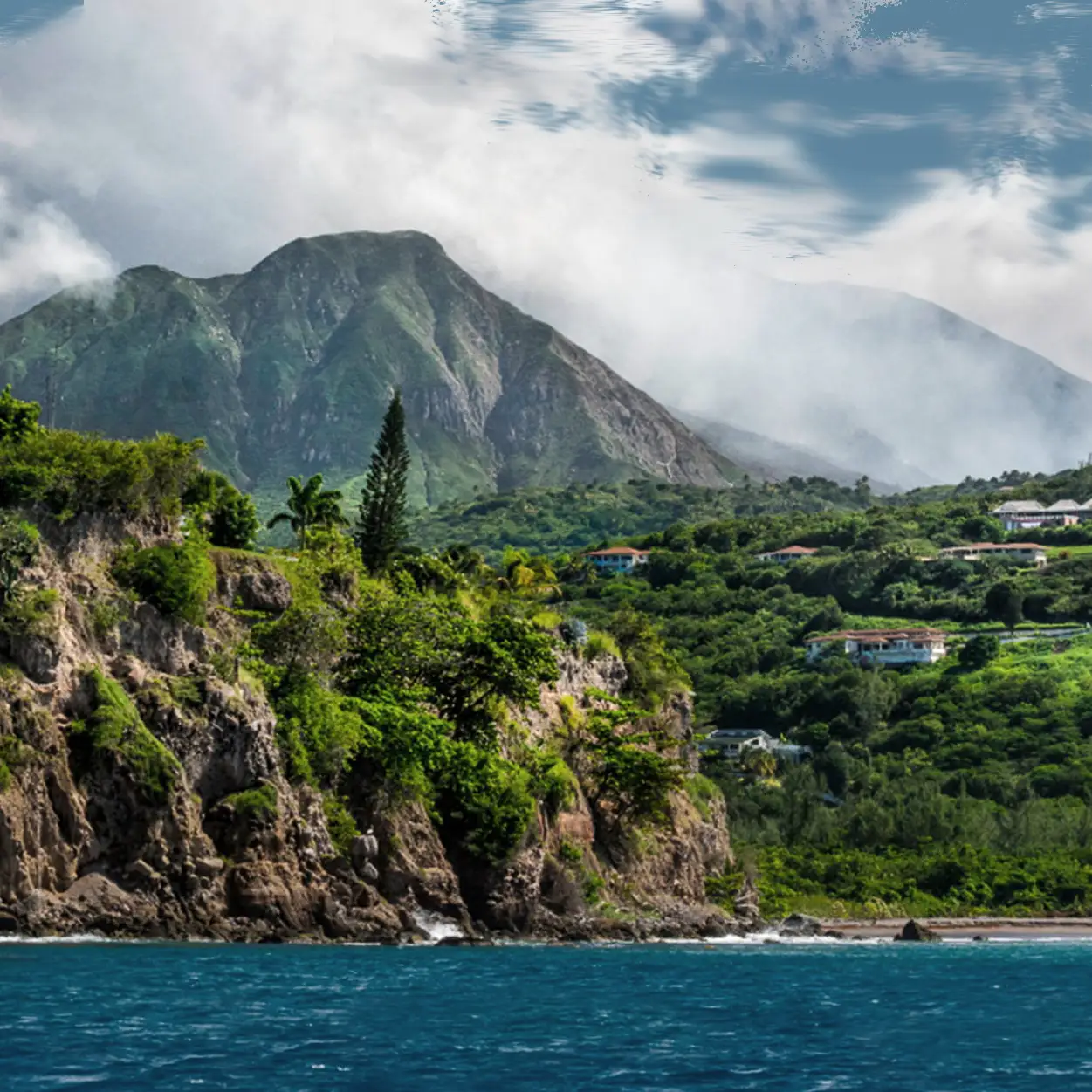
St Kitts
St. Kitts, officially known as Saint Christopher Island, is often referred to as the ‘Mother Colony of the West Indies’ due to its status as one of the earliest British and French settlements in the Caribbean. The island’s rich history dates back to 1624, when it became a vital hub for sugar production. St. Kitts was central to the rise of the colonial plantation economy, and its strategic location made it a battleground for European powers vying for control.
We’ll likely anchor in Basseterre, the island’s capital and cultural heart. After heading ashore and clearing in, we can stroll through Independence Square, where the echoes of colonial life meet the rhythms of a modern day and busy Caribbean town. There’s a real insight into the island’s history with a visit to Brimstone Hill Fortress, a UNESCO World Heritage Site offering spectacular views of the coastline and a reminder of the island’s military significance. Maybe a lunch of local seafood at a local eatery, then we may be able to fit in a snorkel at White House Bay, where shipwrecks and coral reefs create an underwater paradise. There are also black sand beaches of South Friars Bay or we can partake in the lively and fun atmosphere of Frigate Bay.
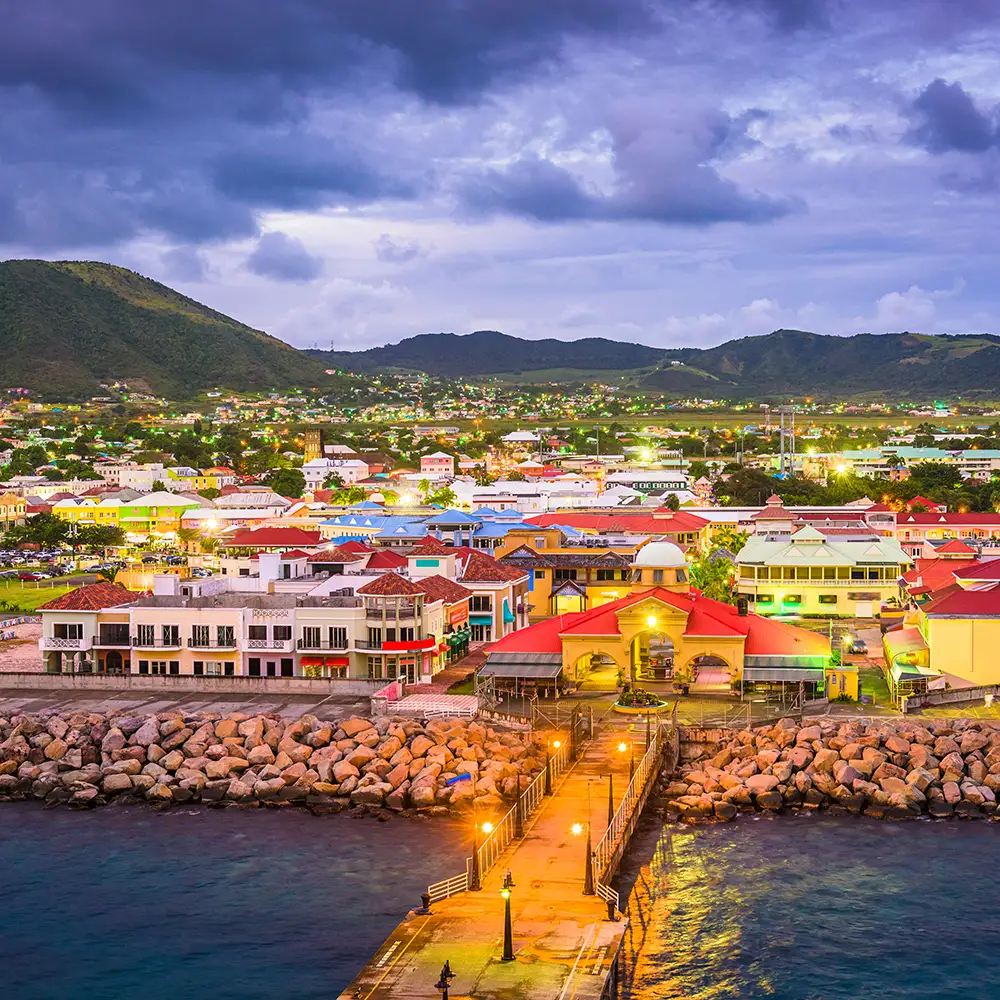
Nevis
Nevis, the smaller and quieter of the two islands of St Kitts & Nevis, is famous for its lush landscapes and serene beauty. The island’s name comes from the Spanish word “Nuestra Señora de las Nieves” (Our Lady of the Snows), a reference to the white clouds that often crown its central peak, Nevis Peak. Steeped in history, Nevis is the birthplace of Alexander Hamilton, one of the founding fathers of the United States, and was once a hub for wealthy planters and their sugar estates. The island has retained its tranquil charm, making it perfect for those who enjoy a slower pace and authentic Caribbean culture.
We can explore Charlestown, the island’s wonderful capital. You could vitis the historic Bath Hotel and Hot Springs, once the Caribbean’s first luxury resort, and enjoy the town’s colonial architecture and laid-back atmosphere. Treat yourself to a leisurely lunch at Sunshine’s Beach Bar & Grill, famous for its Killer Bee cocktail and beachside views and then relax on the golden sands of Pinney’s Beach, where the turquoise waters and soft breezes make an idyllic experience. For a touch of adventure, you could hike part of Nevis Peak earlier in the day or join a local guide to explore the island’s hidden trails.
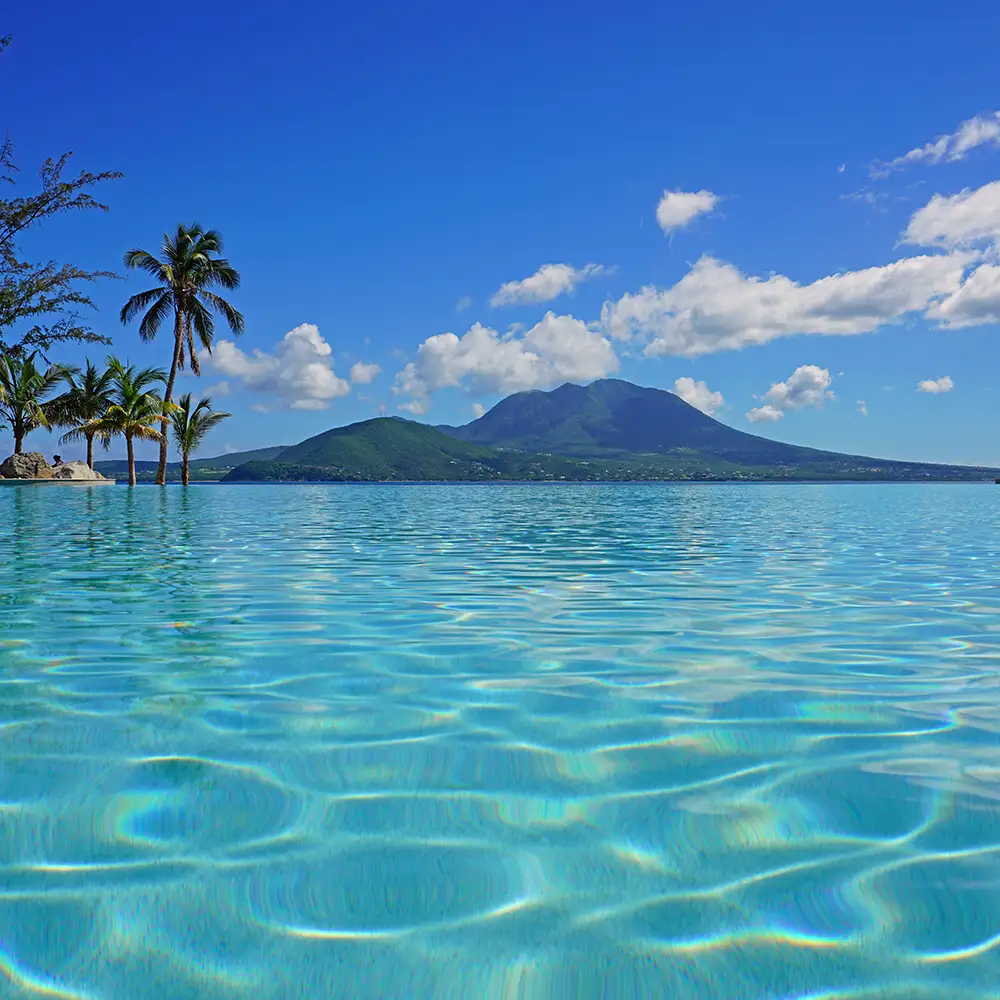
Statia (St Eustace)
St. Eustatius, affectionately known as Statia, is a small island with a fascinating history and loads of charm. Once a bustling hub of commerce in the 18th century, Statia was called the Golden Rock due to its significant role in Caribbean trade. Its free port status made it a vital node in the transatlantic trade routes, and its deep-water harbour was crowded with ships from around the world. The island’s historical significance is further cemented by its role in the American Revolution, as it was the first foreign entity to salute the United States’ flag.
Today, Statia offers visitors a glimpse into its storied past while providing an escape from the busier Caribbean islands. The historic town of Oranjestad, with its cobblestone streets and well-preserved ruins is fascinating. The island’s dormant volcano, The Quill, is perfect for adventurous hikers to explore its lush interior and panoramic views.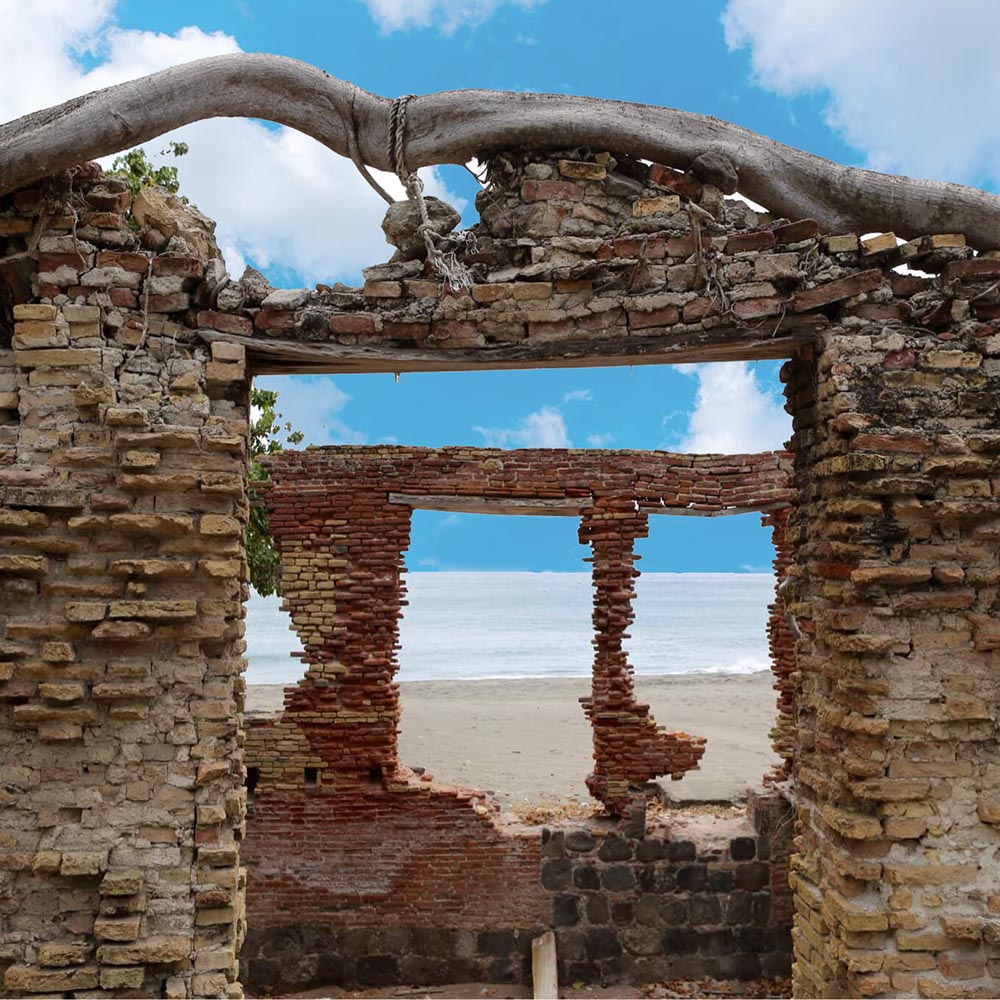
Saba
Saba, is truly the unspoiled Queen of the Caribbean. A striking volcanic island, it rises dramatically from the sea. Its towering peak, Mount Scenery, is the highest point in the Kingdom of the Netherlands, and the island’s steep, lush terrain is a haven for nature enthusiasts. Unlike many of its Caribbean neighbours, Saba has resisted large-scale tourism, preserving its pristine environment and old-world charm. The island’s friendly inhabitants, quaint villages, and incredible biodiversity make it a hidden gem for sailors and adventurers alike.
Ashore, adventurous hikers can tackle the trails leading up Mount Scenery, where a misty rainforest awaits at the summit, along with sweeping views of the Caribbean. For a more leisurely stroll, you an explore the charming streets of The Bottom or Windwardside, where quaint cottages, local eateries, and shops selling Saban lace and crafts provide a taste of the island’s unique culture. History enthusiasts can visit the Dutch Museum Saba or the Harry L. Johnson Museum, both offering insights into the island’s colonial past and daily life. We must try and eat in one of the local eateries, where we can try fresh seafood with a distinctive Saban twist. The Saba Marine Park offers unparalleled diving and snorkeling opportunities. Renowned sites like Third Encounter and Ladder Labyrinth have dramatic underwater pinnacles and reefs teeming with marine life.
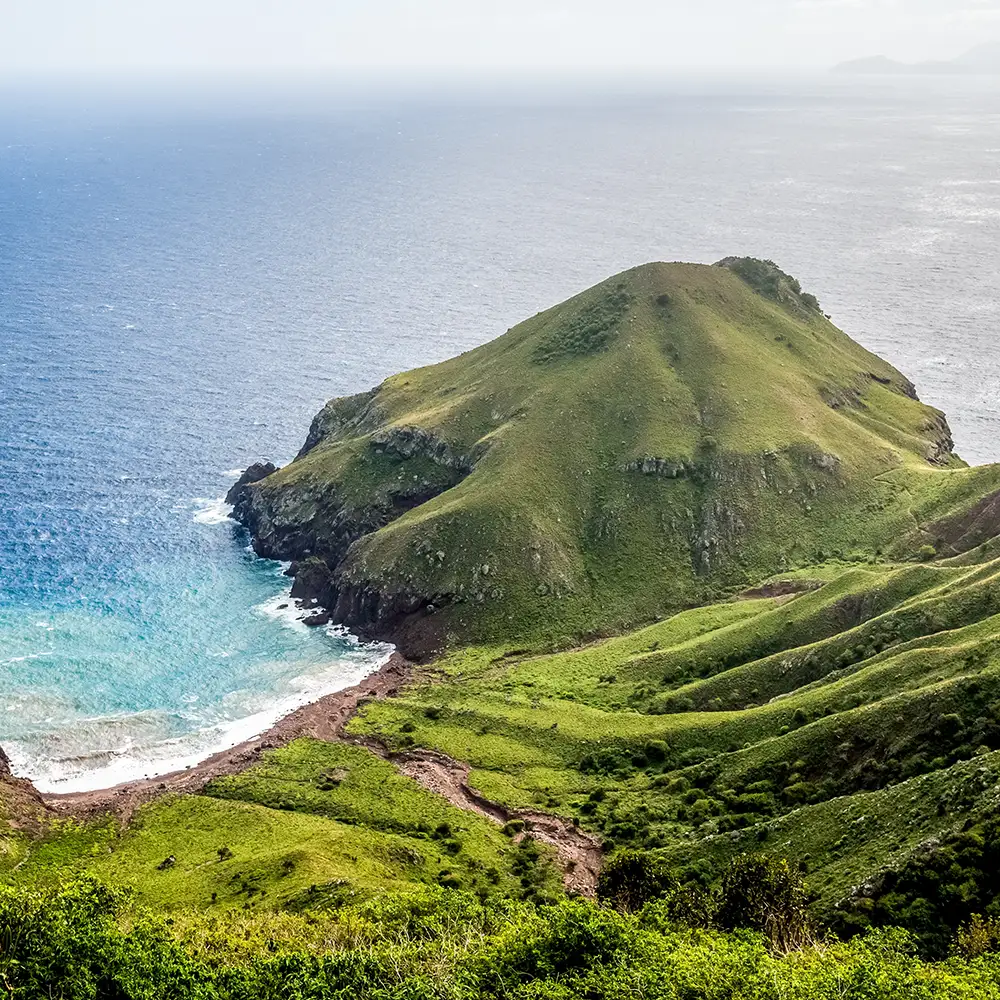
St Barts
Ok – Saint Barthélemy, or St. Barts, is not a mystery island – in fact, it is renowned as a super glamorous retreat for the elite, but this small French island offers much more than its reputation for luxury. With its pristine beaches, turquoise waters, and charming villages, St. Barts embodies a perfect blend of sophistication and natural beauty. Historically, the island has a rich past, having changed hands between the French and Swedish, which is reflected in its unique culture and architecture. The capital, Gustavia, named after a Swedish king, is a really picturesque harbor town with red-roofed buildings, chic boutiques, and a relaxed feel.
Ashore, history enthusiasts can explore the remnants of Swedish colonial rule at Fort Gustave or visit the Wall House Museum to learn about the island’s past. Wander the cobblestone streets of Gustavia, where high-end shops and charming cafés line the waterfront, offering everything from designer fashion to local artisanal goods. For a quieter experience, visit one of the island’s many stunning beaches. Shell Beach, within walking distance of Gustavia, is perfect for swimming, while Anse de Grande Saline and Anse du Gouverneur offer quieter escapes with crystal-clear waters and powdery sands.
Water lovers will find a paradise in St. Barts’ sheltered bays, perfect for snorkeling, paddleboarding, or diving among vibrant coral reefs. In the evening, you can treat yourself to some world-class dining at a beachfront restaurant or enjoy a quieter meal at a local bistro serving French-Caribbean fusion cuisine.
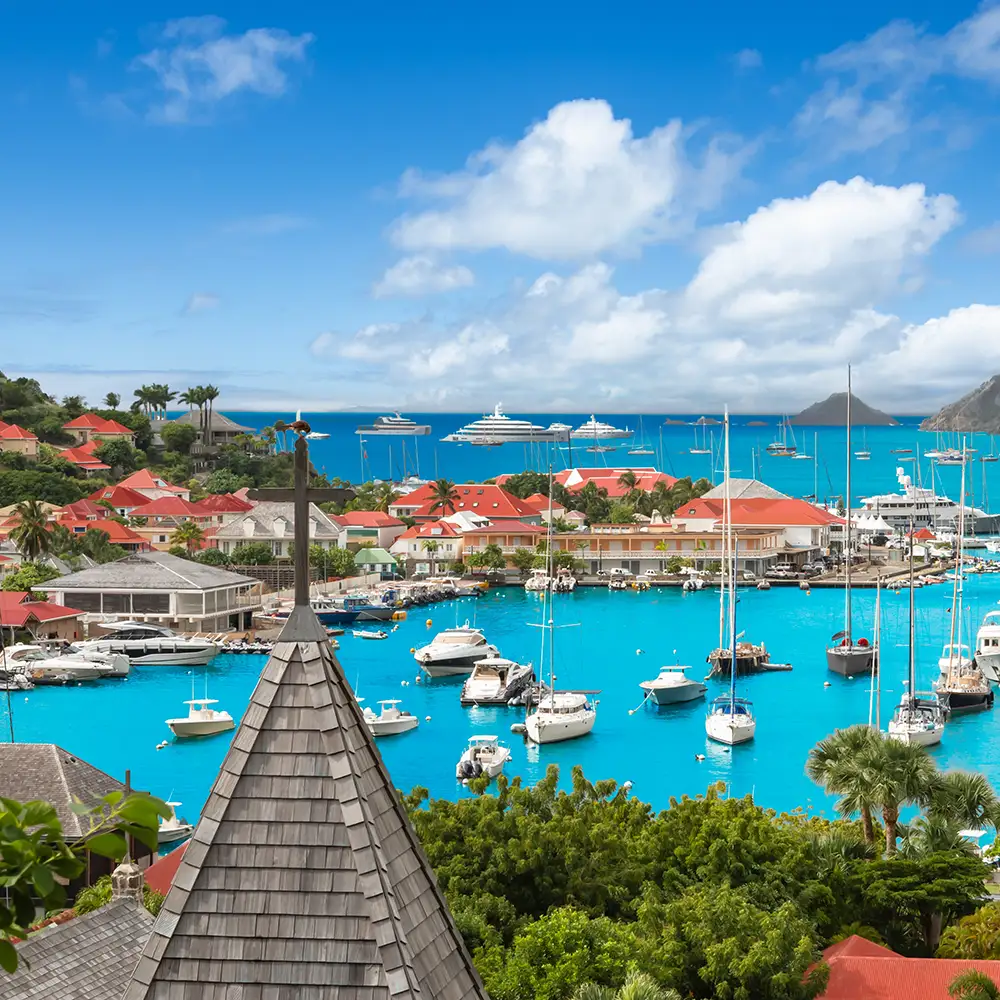
Barbuda
Barbuda, the quieter and less developed sister island of Antigua, is often referred to as the Hidden Treasure of the Caribbean. Known for its unspoiled natural beauty, this island is a haven of tranquility, offering pink and white sandy beaches that stretch for miles, crystal-clear waters, and a rugged, untouched landscape. Historically, Barbuda has been sparsely populated, with much of the land owned communally by its residents. This unique arrangement has preserved the island’s pristine charm, making it a perfect island to explore.
Ashore, a visit to Codrington Lagoon is a must, where we can explore the Frigate Bird Sanctuary, home to one of the world’s largest colonies of these magnificent birds. Nature lovers can enjoy long walks along the island’s deserted beaches, such as Low Bay or Princess Diana Beach, both offering powdery sands and waters perfect for swimming or snorkeling. For history enthusiasts, the ruins of the Martello Tower provide a glimpse into the island’s colonial past and offer panoramic views of the surrounding landscape.
